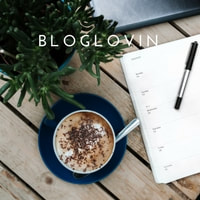Natural Dyeing with Food WasteRecently, I had the privilege to share some of my knowledge about Natural Dyes with extraordinary students in the Materials Program at Art Center in Pasadena. Today, I will share a piece of that lecture with you, as it centered around food waste that can be used as dye. As awareness and demand for sustainable fashion increases, we notice interest and research into natural dyes including food waste. Today, I will share with you 3 food waste that can be used to create natural color. These are one place to begin as you venture into the world of natural plant based color. Adequate preparation of the fibers: scouring and mordanting are essential steps prior to the application of any dyestuff. This improves colorfast and lightfast qualities of your pieces, which are essential ways to measure the long-lasting qualities of the dyed fibers. For those who are new to natural dyeing, I recommend starting with alum mordant, then adding a tannin. You will find that many of the food waste that I mention are already high in tannin, which makes these user friendly and alleviates that step in the dye process. Avocado as dyeThe first material that I would like to share is avocado. Avocado yields a range of colors from ballet pink to medium corals. You can use the seeds or skins. Make your avocado bath by simmering on low heat for 30 minutes, then strain out the pits and skins. Avocado is rich in tannins, so you can simply mordant then dye. When dyeing with something rich in tannin, the mordanting and tannin step can be combined with the dyeing step. One example of this would be dyeing with avocados, pomegranate or black tea. Follow this simple process to create a tannin bath or dye bath using avocado pits. Avocado on silk makes pale peach/pinks, while on cotton it appears more coral. Silk over dyed with indigo is shown at left. Avocado on cotton shown at right by dyer Sharon Marshall. Pomegranate dyeSome dyers are surprised to discover that pomegranate will produce a range of golden hues. Prepare your pomegranate bath by simmering the rinds on on low heat for 30 minutes, then strain out the excess rinds. You can dip a sample into the dye bath to see what color you achieve. When pomegranates are not in season, I use rind powder to obtain medium shades at 10-15% the weight of the fiber. This means 15g per 100g of fiber. You might consider freezing or drying your rinds after you eat them. Onion skinsLast but not least, I recommend experimenting with onion skins. In the photo below, I used yellow onion skins to create the dye bath. You might notice that they produce a warmer yellow hue that leans toward orange. When over-dyed with indigo it produces turquoise greens. Adding iron to the bath or dipping in iron also shifts the color to greens by shifting the ph. As I mentioned in the talk, the world of natural dyes is both art and science. Some very precise dyers who love botany and chemistry will excel in those areas. My background in painting and color mixing informs my work in the field of natural color. I'm excited for you to explore the world of food waste dyes and see where it takes you! It's a wonderful way to re-use what is around you.
Ready for more? My signature e-course Introduction to Natural Dyes: Primary is starting up soon. In this course you will learn about 3 primary dyestuffs that have been used for thousands of years to create natural colors on fiber. It is truly fun and one of a kind experience that happens within a creative group. All sessions are pre-recorded and can be accessed each week of the Dye group. Join now using the coupon code DYEGROUP2021 to receive 20% off this course through New Year's Day! Feel free to share the pieces that you create with our community and tag me @hilarylhahn, so that I can see them!
0 Comments
Design Dye Workshop with Madder and CutchLast weekend, we explored Cutch and Madder Natural Dye in a custom workshop created for the California lifestyle brand Jenni Kayne. One thing, that appeals to me about the brand is the beautiful aesthetic and soft natural fibers like cotton and wool. Both of which dye readily with natural dyes. The artist in me always enjoy a collaboration and challenge to create some thing truly unique. For this workshop, we decided to hand-dye 100% cotton bandanas inspired the JK Summer Fall palette Blush and Canyon. For this, we began with a layer of avocado as dye, then we over-dyed with Cutch and Madder in combination to achieve the Canyon color-way shown in the pic at left. As a dyer with a background in painting, it was fun to play and experiment with what combinations could help us to accomplish something close to that palette. The idea is that the bandanas could compliment other colors in the collection. There are plenty of neutrals and with natural dye, we dive into the world of plant color. For orange/reds we used madder and to deepen it and add brown we used Cutch. The madder, we used Rubia Cordifolia, a plant that has been cultivated as dye for centuries. The color comes from the root of the plant once it has been ground up. Cutch comes from the resin of the acacia tree. The unique part is that participants in the workshop could play with the balance of colors to achieve the desired results and balance the colors more red or more rust, hence the name: Design Dye workshop. Because Natural Dyeing is a truly an art that takes lots of practice. I decided for this workshop to send out the materials in a kit that was pre-measured in advance. I needed to be sure that the weight of the fiber estimated at 200 grams max for those who wished to up-cycle or dye a new t-shirt along with the bandana. Grab your Design Dye Kit : while supplies last!The Design Dye kit included:
Although, I prepared my first bandana by under-dyeing with avocado (thereby adding tannin) and over-dyeing with 10 grams Cutch and 10 grams madder combined in a steel dye pot. Once the fiber was in- I kept the heat low for about 30 minutes. Want to explore Madder root? Join the new course!I had an equally effective result by letting the dye-stuff open up in containers of very warm water and dyeing an additional piece. Madder is shown soaking in the large blue bowl, while cutch is in a smaller container up top. For this, I referenced Jenny Dean's book, Wild Color and followed instructions for similar to cold water dyeing. As you can see the triangle to the right has been under-dyed using avocado. Here is a side by side of the pieces, with the one to the right being dyed in the steel pot with both colors at once, whereas the one on the left was first soaked in madder then in cutch. This worked well because many new to natural dyeing might not have a steel pot. Last but not, least I did a piece that featured the leftover madder bath and dipped the end of the piece separately in Cutch. The bottom edge became extremely dark as I walked away from the dye pot and left it simmering for an hour. For this one, I say that I was channeling Georgia O'Keefe as she is one of my favorite painters and the result reminds me a bit of Southwestern Art and her paintings of canyons. I personally love a bandanna because it accessorizes nicely! Check out the lovely color that Jenn, one of our workshop guests got on her tee shirt to the left. I hope you are inspired by the colors of avocado, cutch and madder root in combination. Are you looking for an opportunity to learn the fundamentals of natural dyeing in a relaxed setting with guided lessons? Find more info on my brand new course Intro to Natural Dyes: Primary, which includes madder root. Want to accomplish a weekend project that uses food waste as "dye"? Find out how to use food waste to Dye with Avocado to form a base layer here.
Indigo, avocado and Marigold Dyes
That's a wrap on our Natural Dye and Embroidery workshop, marking the end of our Summer Workshop Season. Throughout the course of the summer, I met many people and together we explored many things, from Botanical prints, Aromatherapy, Artisanal Bandhani, to Natural Dye and embroidery. It was fun to step outside of my Indigo Shibori routine, while still mixing in a few techniques in this last workshop.
We started out in the dye garden by applying various Shibori techniques to 11" pieces of natural fiber, i.e. vintage cotton, linen, canvas, and muslin. Everyone picked something that inspired them. Some even chose to use 2 different types of fabric. Each guest received 2 pre-cut fabric squares to dip into a dye bath of their choosing! We used 3 of my all time favorite natural dye colors: indigo, avocado and marigold and a collection of my accumulated Shibori tools and materials.
Keep on reading to see the stunning from our super creative group of participants, see the demo by fiber artist, Lori Zimmerman, who co-instructed this workshop.
|
HI, I'M HILARY.
This is where I share inspiration for creative well living & following your dreams. With a love to sustainable conscious creation. You will notice that I offer workshops that inspire you to LIVE a soul-inspired life and manifest your dreams. I hope to meet you at one of my retreats or inside one of my group programs. I truly believe in the power of community and connecting with visionary femme creatives like you! For weekly inspiration -find me on YouTube Categories
All
FAVORITES
Archives
September 2023
BLOG COURTESY:
All layouts on this blog are created solely for, A Day in the Life. I enjoy sharing information and love when others enjoy my ideas enough to post the links on their own sites. I simply ask that you credit photos and link back to all original posts. Any comments that are inappropriate or spam will be deleted. All other rights reserved. |

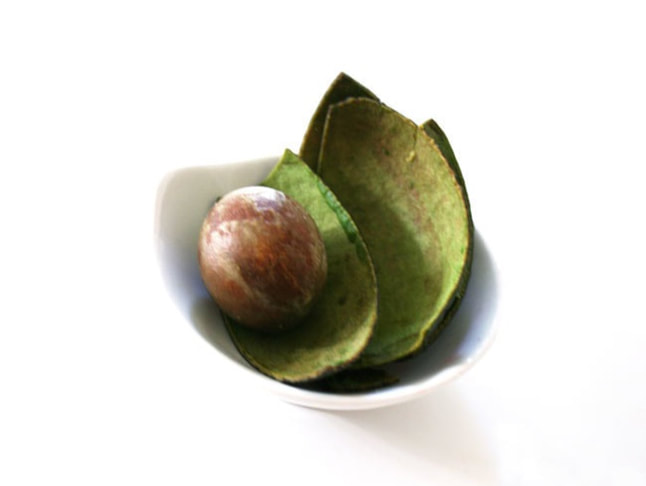
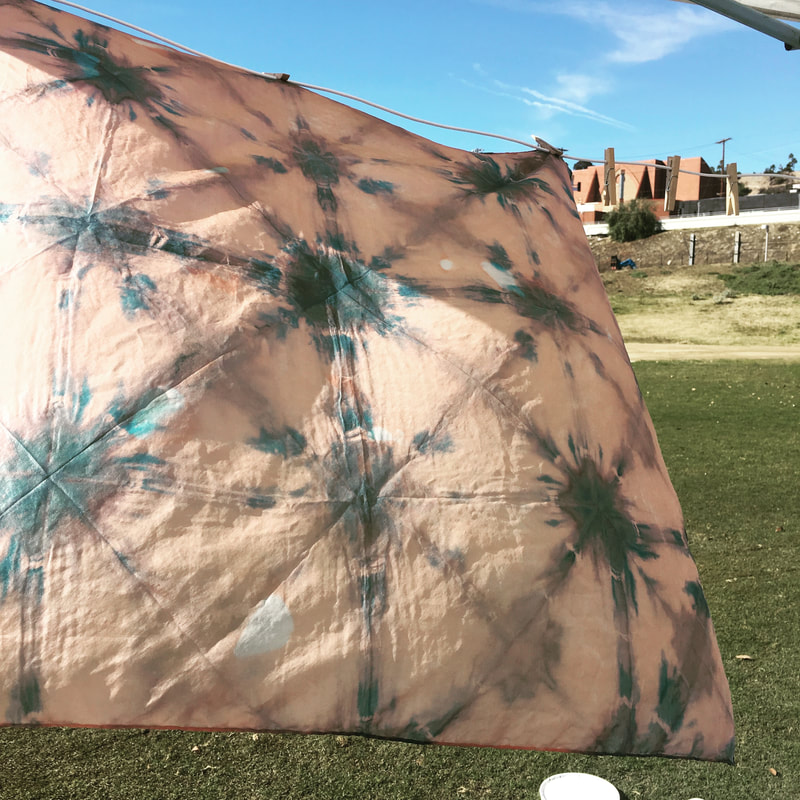
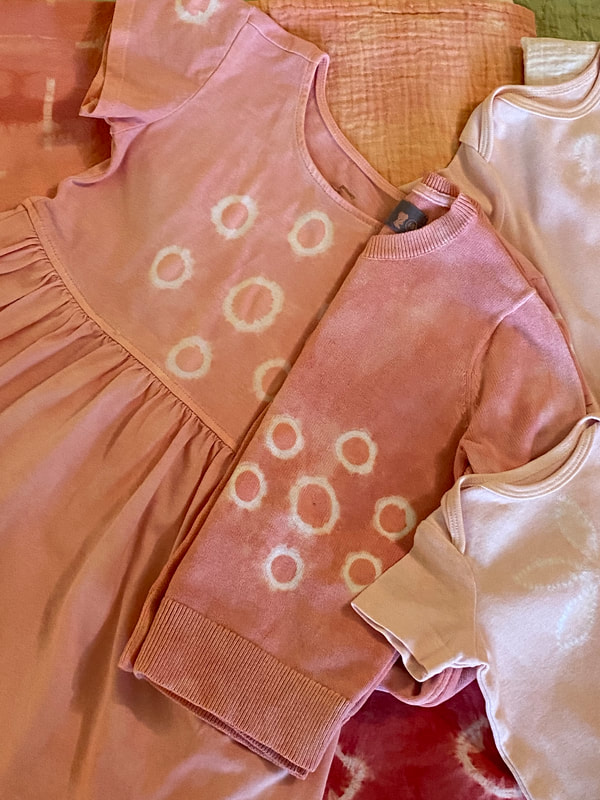
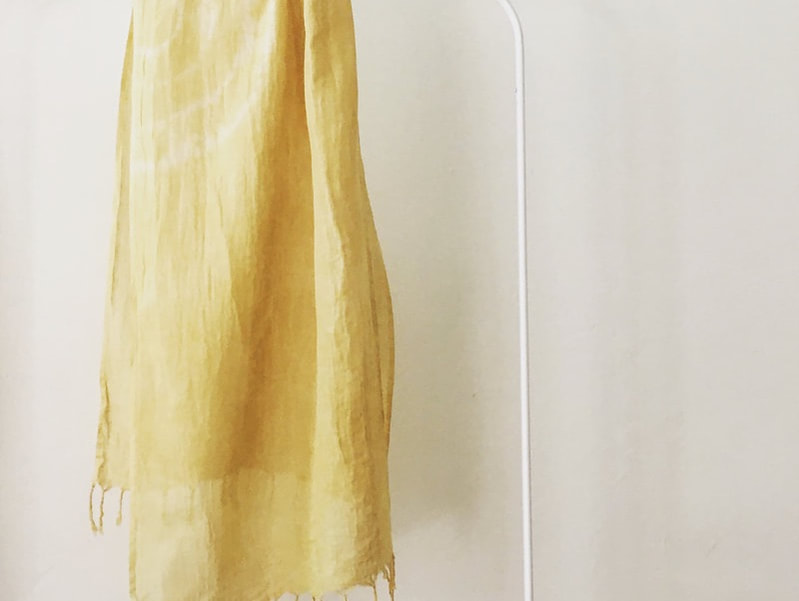
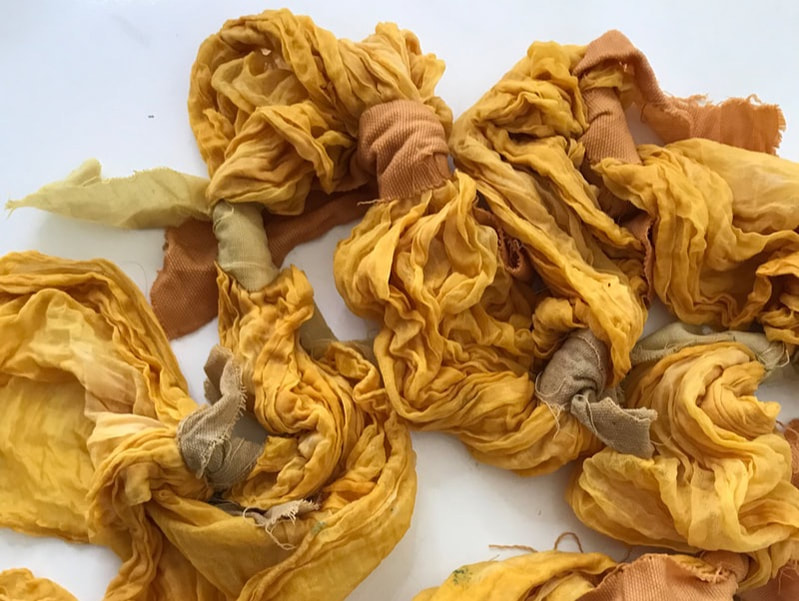
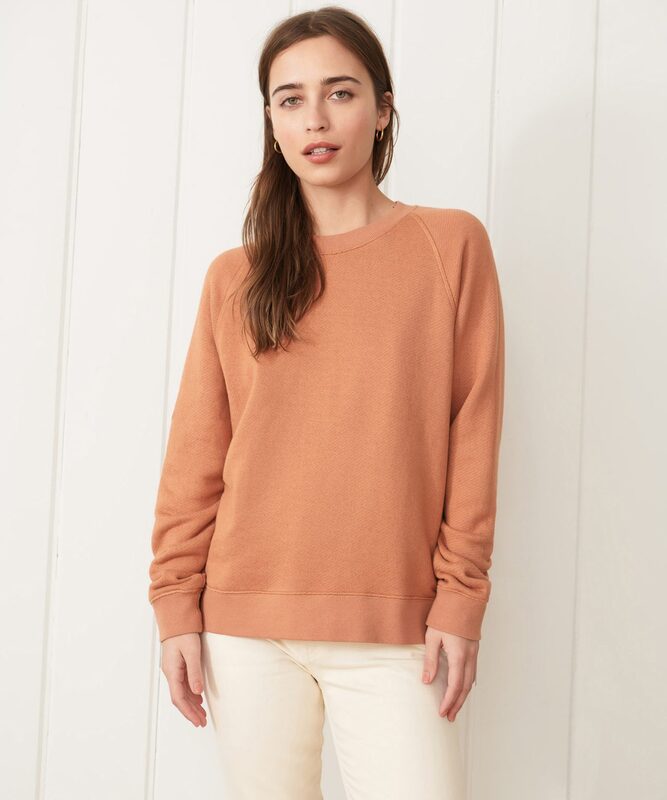
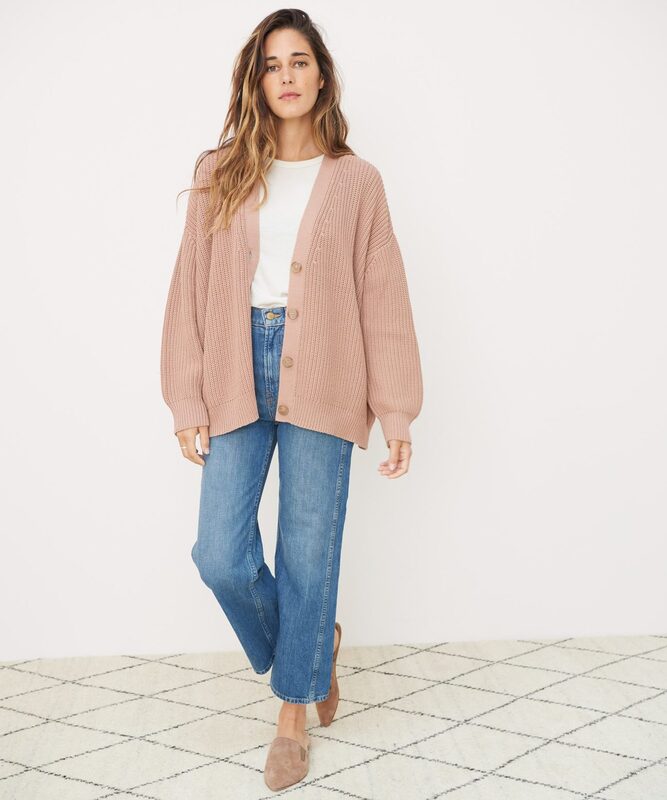
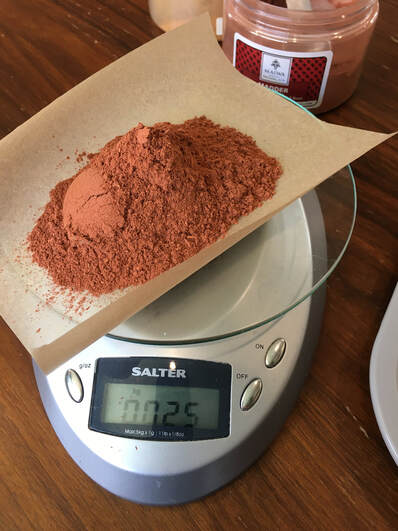
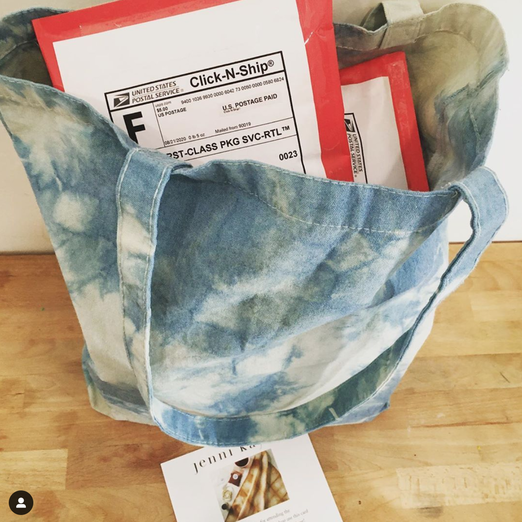
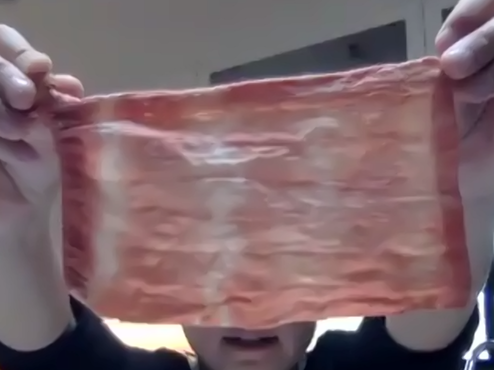
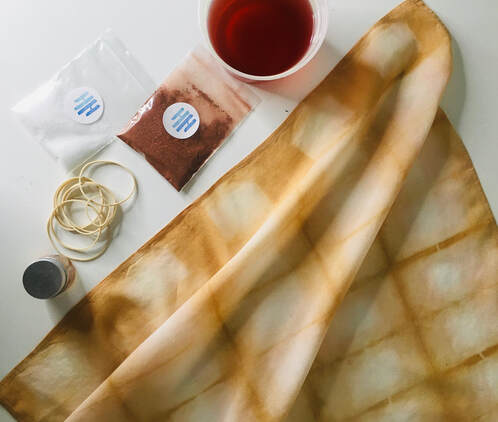
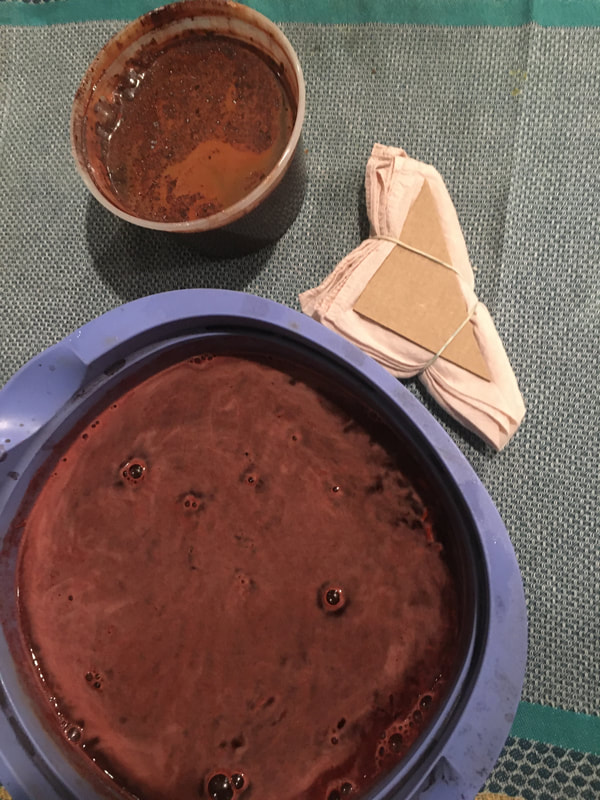
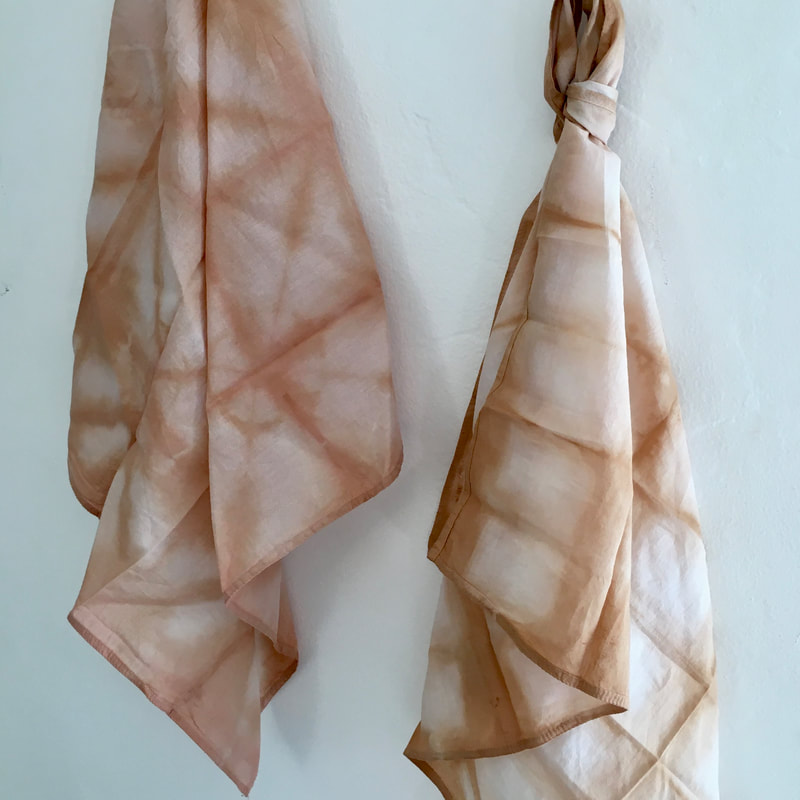
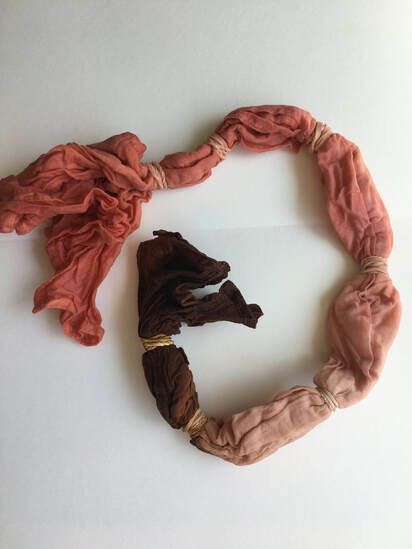
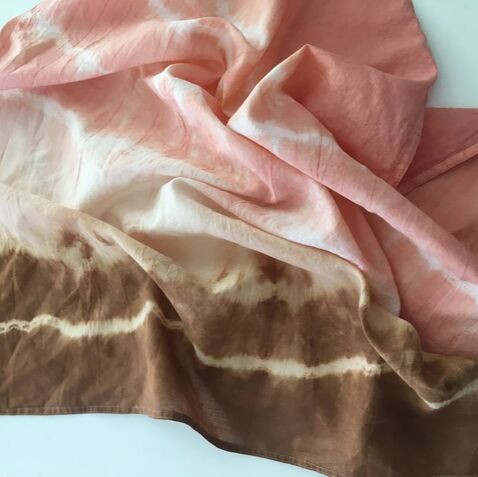
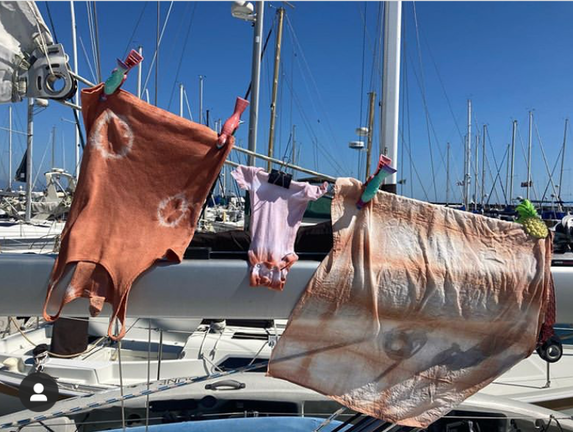
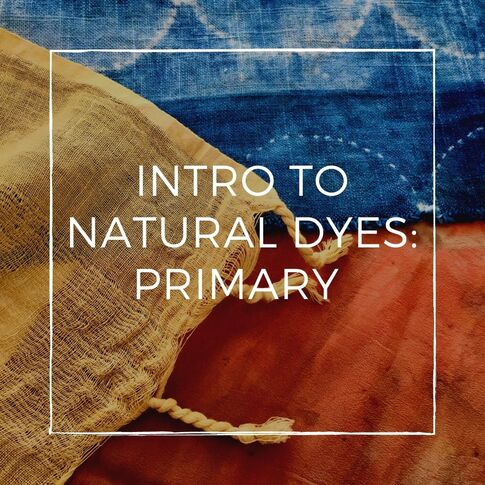
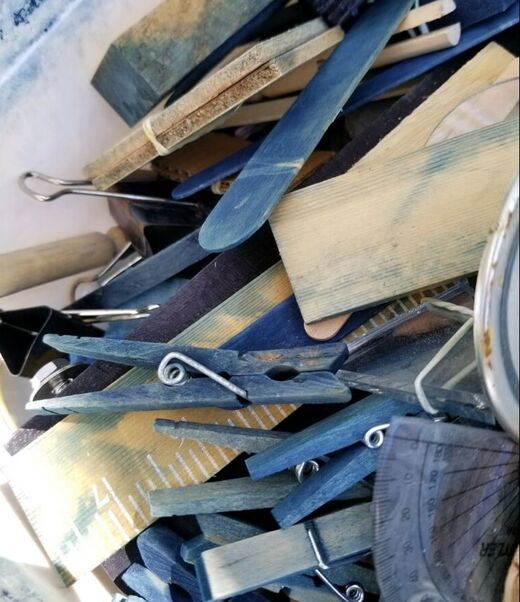
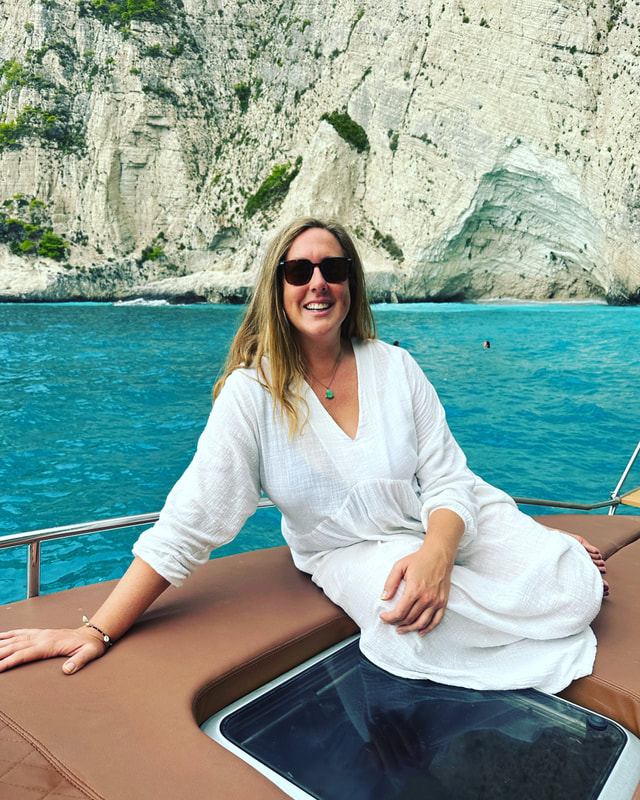

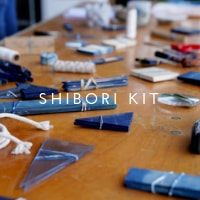

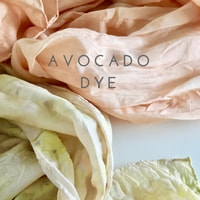
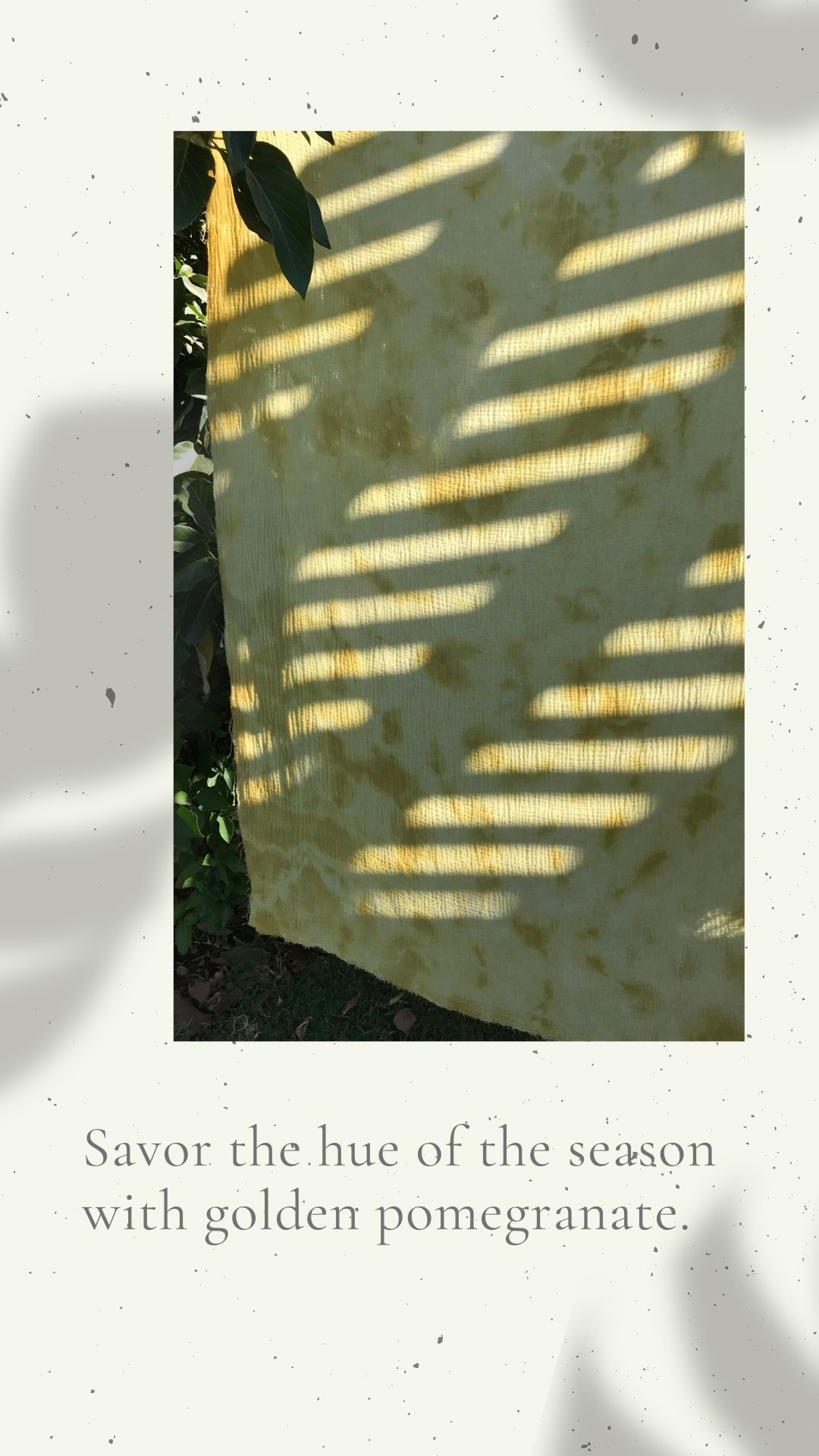
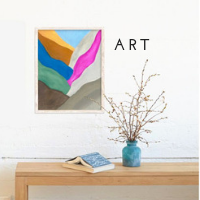
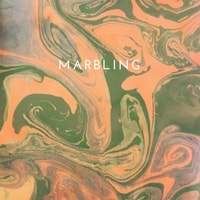
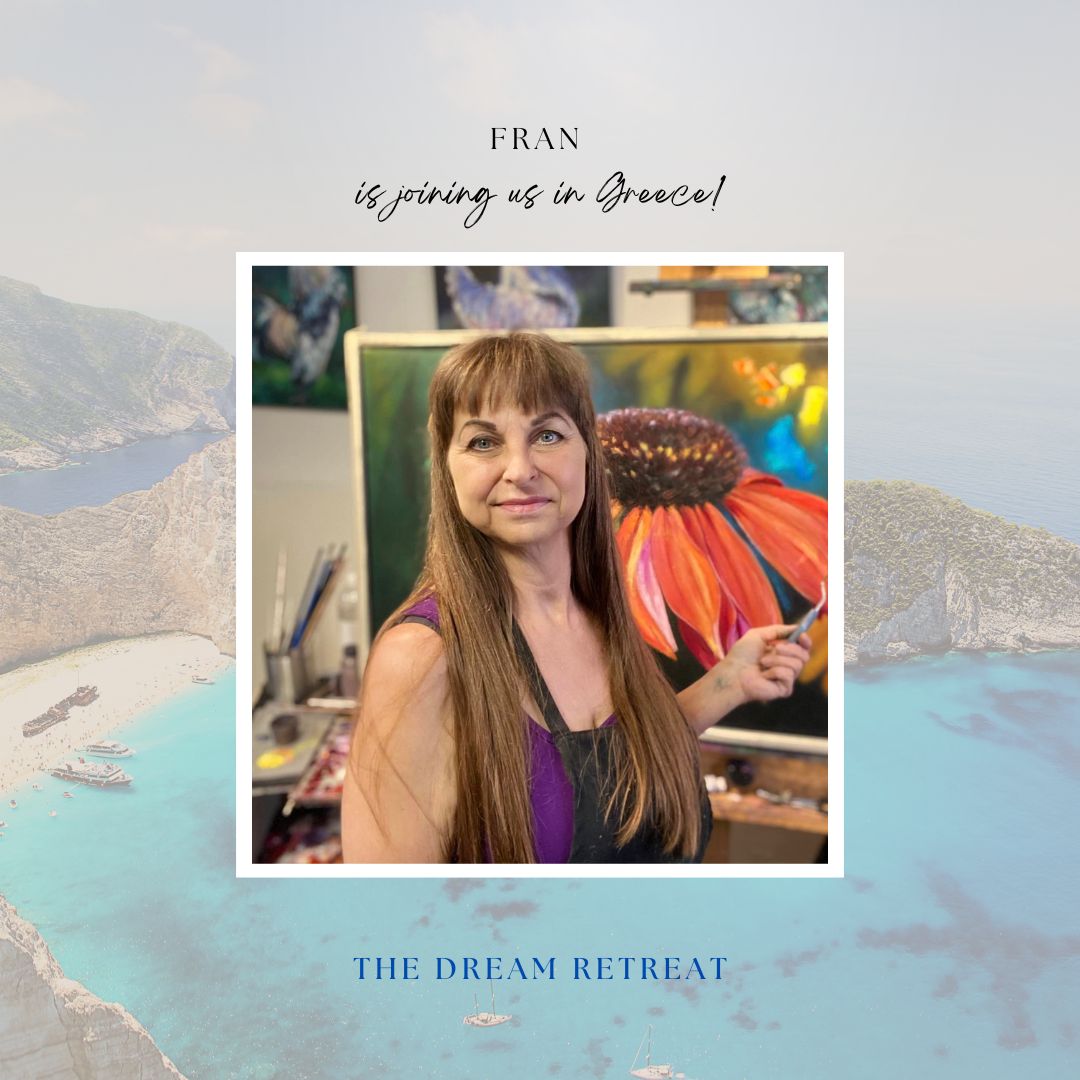
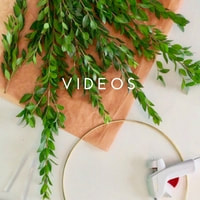

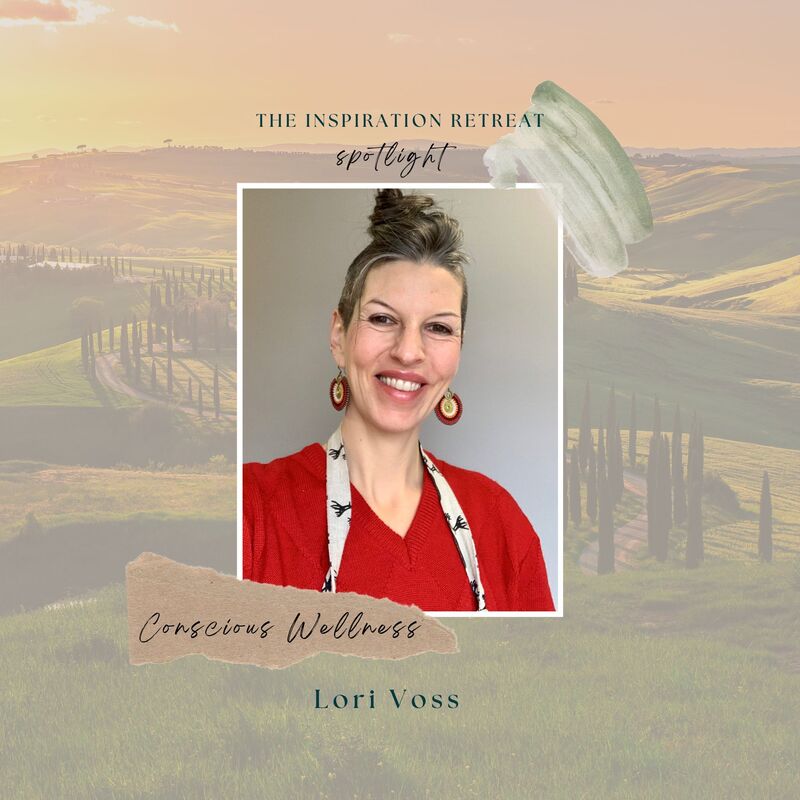

 RSS Feed
RSS Feed
